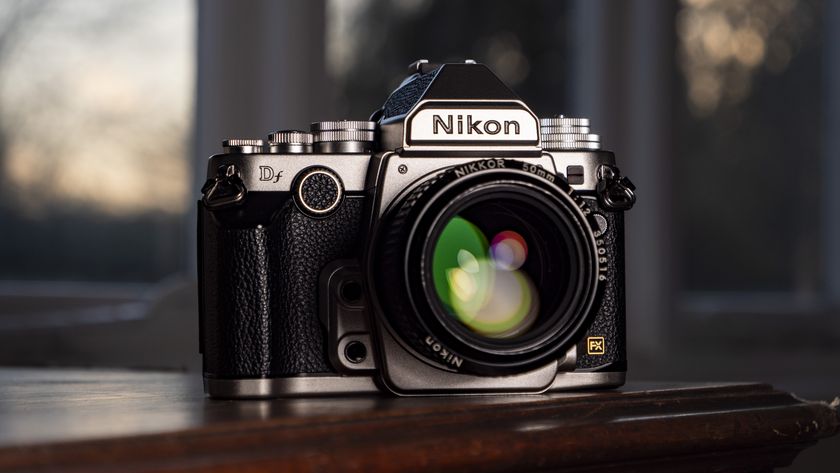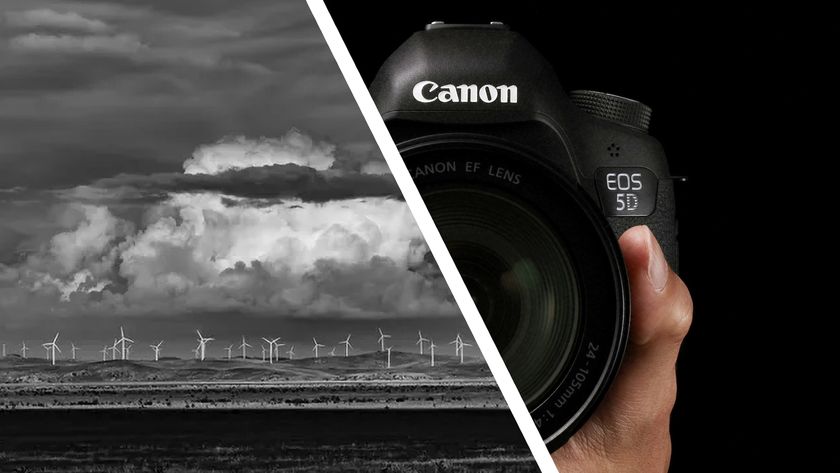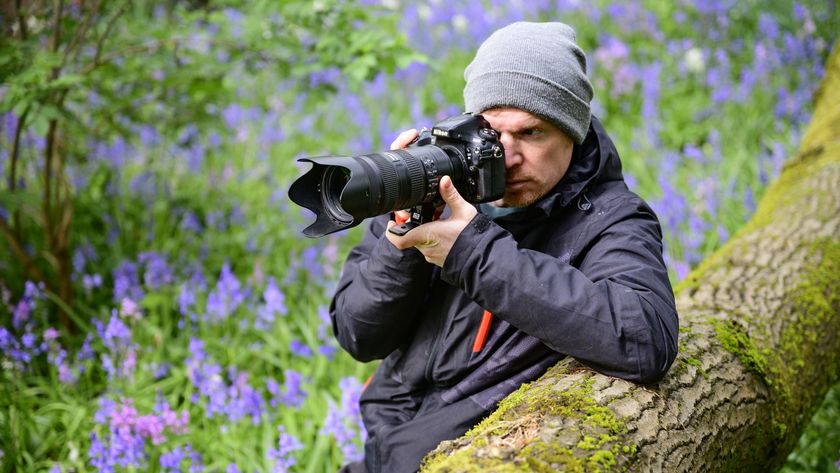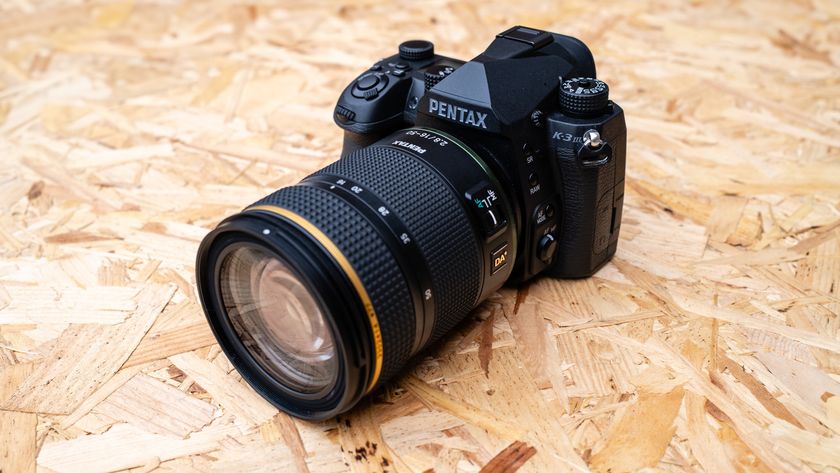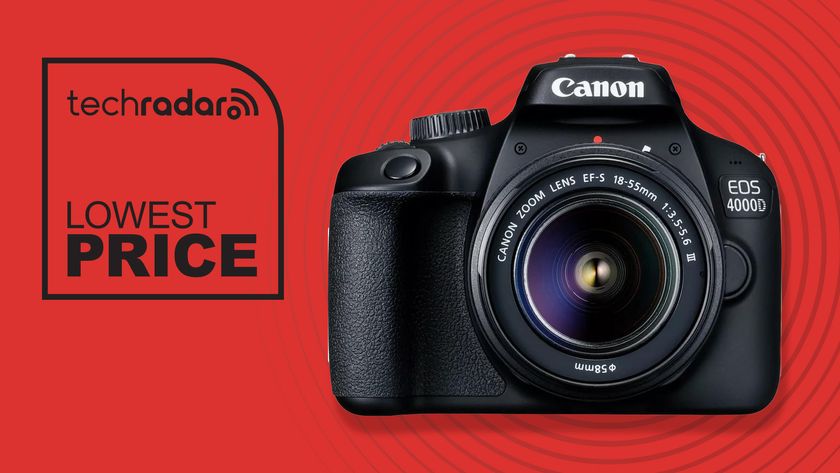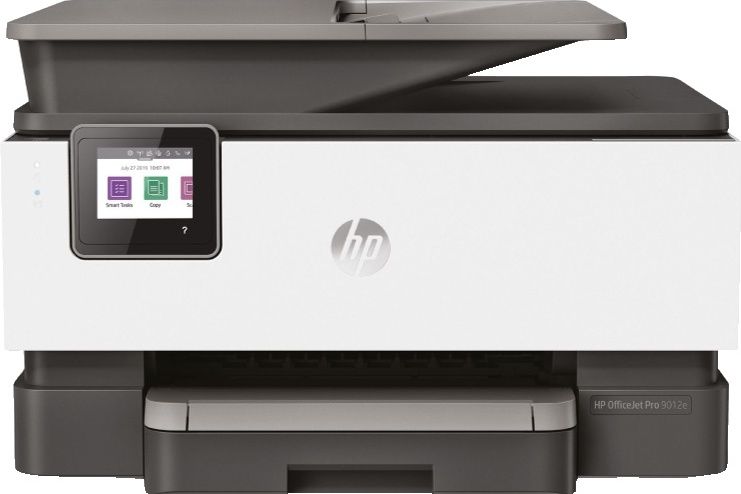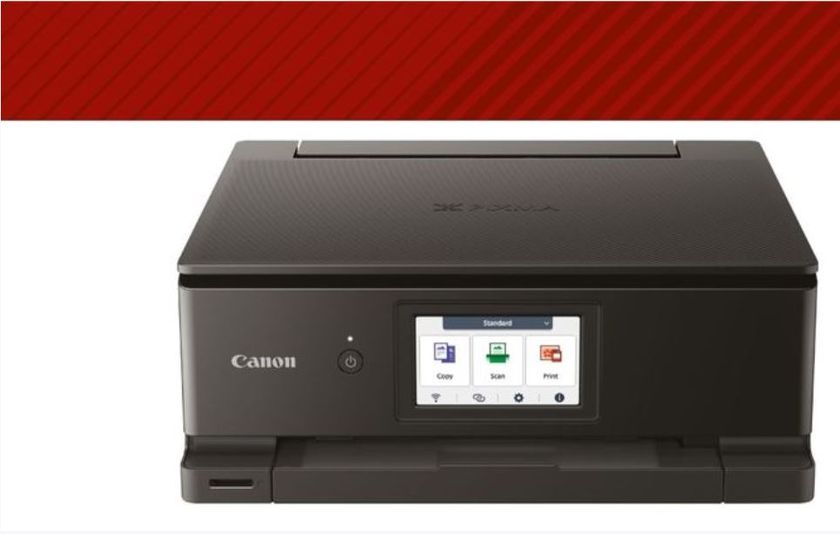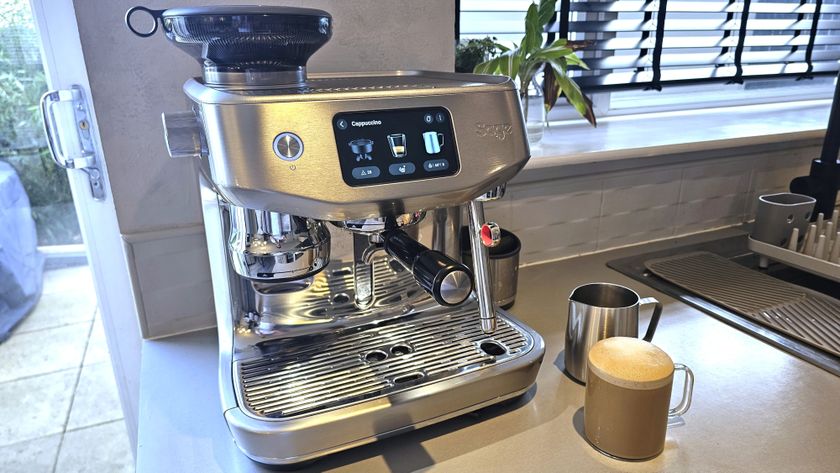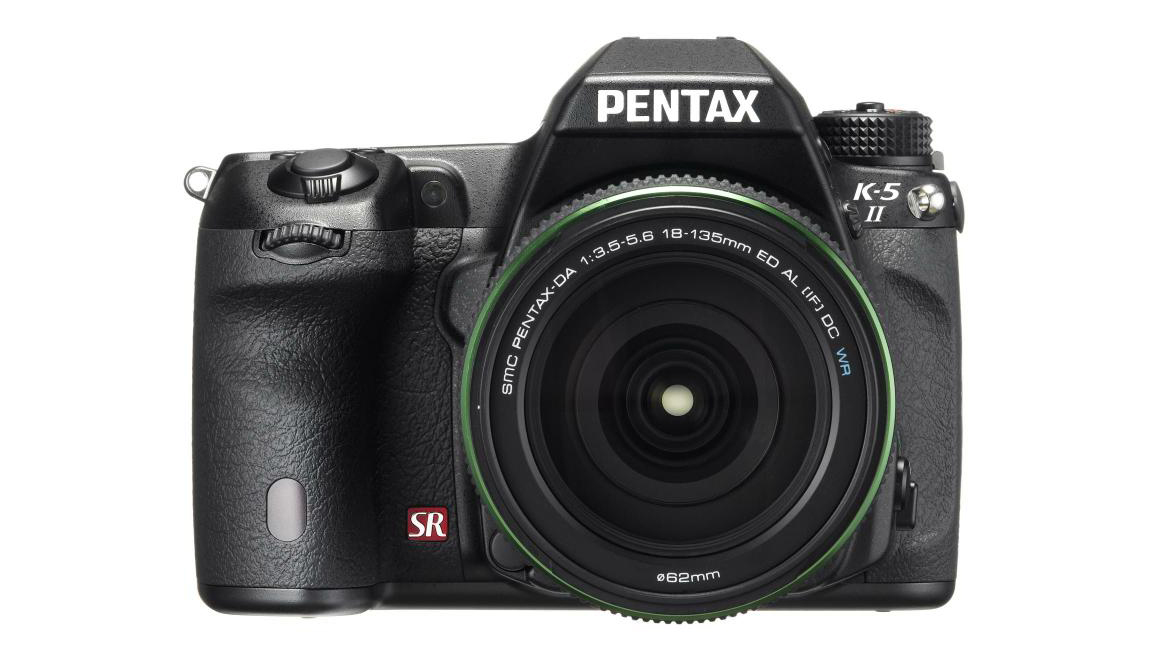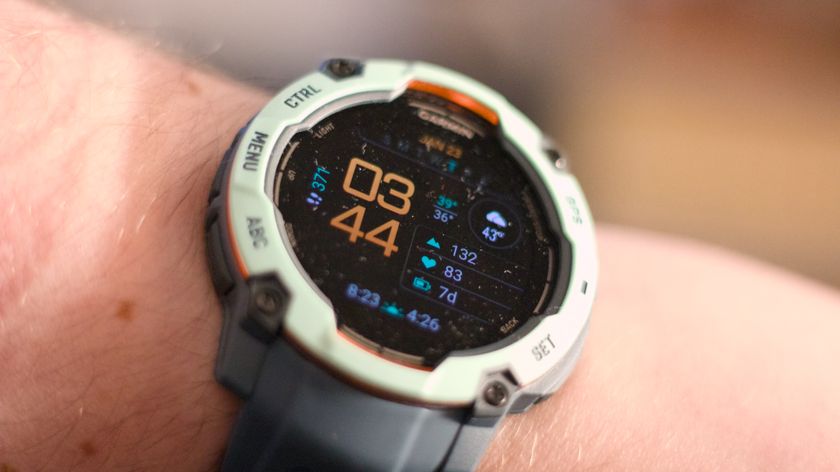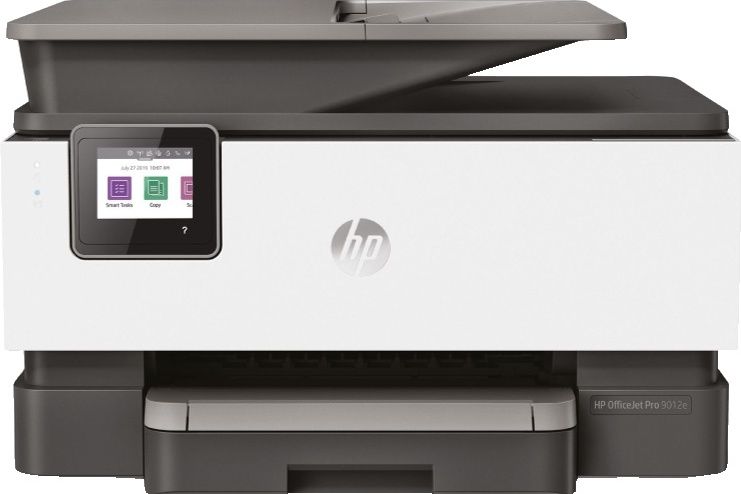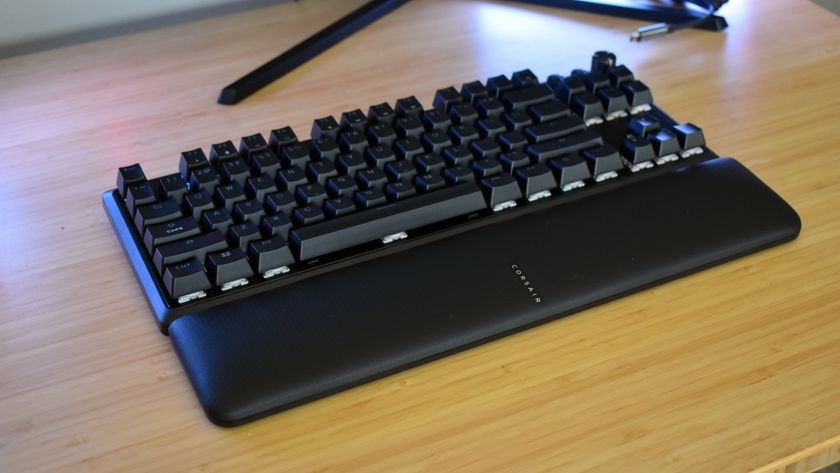Why you can trust TechRadar
Here the Pentax K-5 II pretty much picks up the baton where its predecessor left off, which is definitely no bad thing considering the original Pentax K-5 was a good performer.
Sure, these days a 16.3MP sensor is never going to steal the thunder from the likes of Nikon's latest megapixel monsters, but look beyond sheer resolution and the sensor in the Pentax K-5 II produces terrific quality images.

Colour depth and dynamic range are still superb, especially when the Dynamic Range Enlargement feature is enabled.
Image noise - or lack thereof - is another area where the Pentax K-5 II excels. There's rarely ever a need to ramp a camera's sensitivity up to ISO 12,800, but even here little if any chroma noise (colour speckling) is evident. And although there is a fair amount of luminance noise (grain) visible, it's by no means distracting.

Of course if you push on up to the Pentax K-5 II's maximum sensitivity of ISO 51,200 things don't look so pretty, but image quality is still good enough for prints up to around 9 x 6 inches.
Pentax is particularly proud of its new SAFOX X autofocus system in the Pentax K-5 II, and with good reason. The system manages to focus almost instantly, even in the darkest of environments, and in many instances it does so without the aid of the AF assist lamp.

Switch to Live View and, unlike many DSLRs, the Pentax K-5 II still delivers pleasantly speedy autofocusing and gives you the option to choose from three autofocus methods depending on your subject.
But whether the autofocus performance is that much of an improvement over the original Pentax K-5 is less obvious, since this camera was still no slouch in this department provided you use the right lens.

The camera's 77-segment exposure metering system is largely unchanged from its predecessor, and in the majority of situations this reliably hits upon correct exposure settings. But - and this is really the only significant issue with the Pentax K-5 II - the system is still prone to overexposure.
It's only really a problem in low light, high contrast situations, where the camera plumps for a more balanced exposure at the expense of highlight detail. Sometimes this does give true-to-life results, but often highlights can be blown by as much as two stops, with mid-tones and shadows looking unrealistically bright.

Switching to spot metering or dialling in some exposure compensation does solve the problem, providing you have time to do so.
Auto white balance is by and large consistently accurate on the Pentax K-5 II, with only a couple of instances in mixed artificial lighting where an unexpected colour cast tainted the final image.

Current page: Performance
Prev Page Build quality and handling Next Page Image quality and resolution